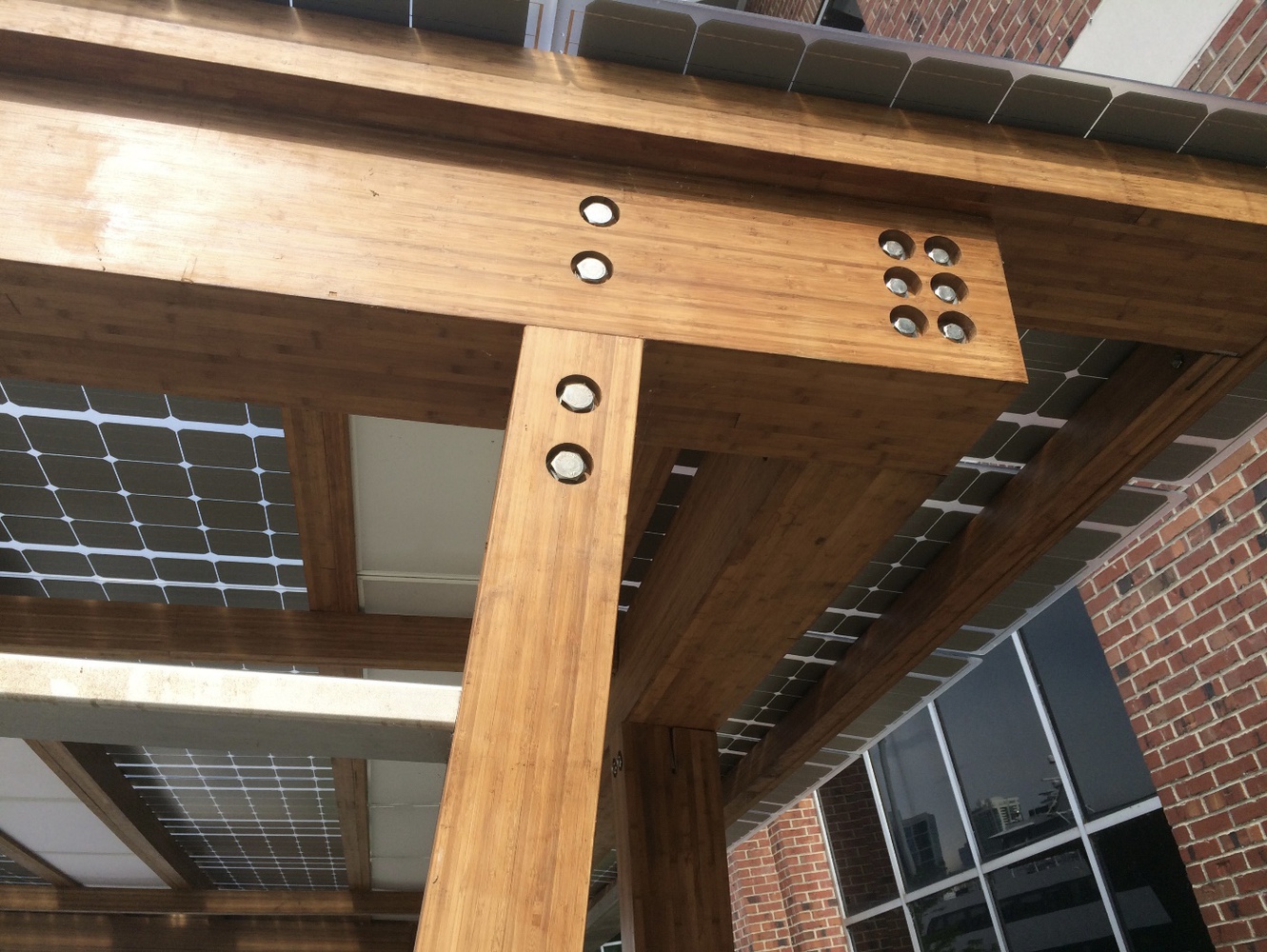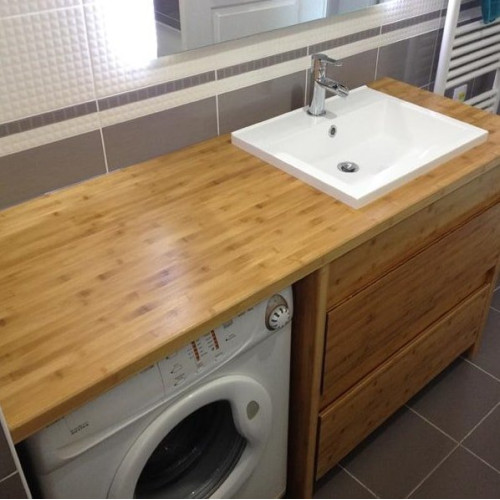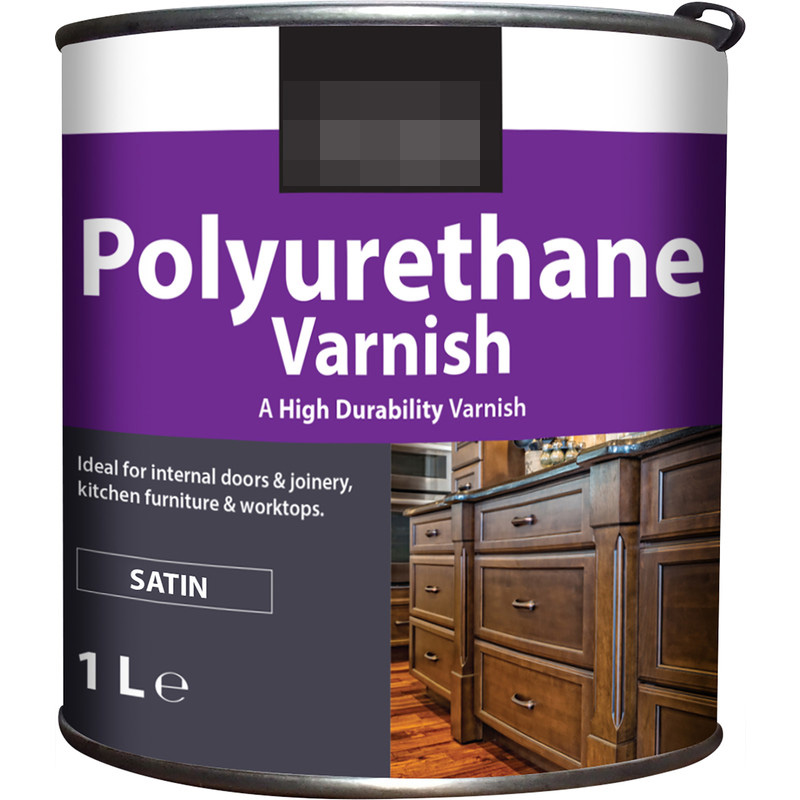Polyurethane varnish has become a popular choice for finishing bamboo products due to its robust protective qualities and ability to enhance the natural beauty of bamboo. As the bamboo industry continues to grow, understanding the applications and impacts of polyurethane varnish is crucial for manufacturers and consumers alike. This article explores the advantages and disadvantages of using polyurethane varnish on bamboo products, drawing from recent news and scientific articles.
Advantages of Polyurethane Varnish on Bamboo Products
Durability and Protection:
Polyurethane varnish provides a tough, resilient coating that protects bamboo products from daily wear and tear. This varnish is particularly effective against scratches, stains, and moisture, making it ideal for high-traffic areas or frequently used items. For instance, bamboo flooring finished with polyurethane varnish can withstand heavy foot traffic and resist water damage, significantly extending its lifespan.
Aesthetic Enhancement:
One of the most notable benefits of polyurethane varnish is its ability to enhance the natural grain and color of bamboo. Available in gloss, semi-gloss, and matte finishes, polyurethane varnish adds a rich, warm glow to bamboo surfaces, making them more appealing. This quality is highly valued in bamboo furniture and decor, where the visual appeal is a significant selling point.
Versatility:
Polyurethane varnish can be applied to various bamboo products, including furniture, flooring, and outdoor structures. Its versatility allows manufacturers to use a single type of finish across different products, ensuring consistency in appearance and protection.
UV Resistance:
Many modern polyurethane varnishes are formulated with UV inhibitors, which help prevent bamboo from fading or yellowing when exposed to sunlight. This feature is particularly beneficial for outdoor bamboo structures like fences and pergolas, which are subjected to constant sun exposure.
Disadvantages of Polyurethane Varnish on Bamboo Products
Application Complexity:
Applying polyurethane varnish can be more complex than other finishes. It requires careful surface preparation, multiple coats, and adequate drying time between layers. This process can be time-consuming and may require professional skills to achieve optimal results.
Environmental Impact:
Traditional polyurethane varnishes contain volatile organic compounds (VOCs), which can release harmful fumes during application and drying. These emissions can contribute to indoor air pollution and pose health risks. However, low-VOC and water-based polyurethane options are available, which mitigate these concerns but may come at a higher cost.
Maintenance:
While polyurethane varnish is durable, it can be challenging to repair once damaged. Scratches or chips in the varnish require sanding and reapplying the finish to restore the surface, which can be labor-intensive.
Current Trends and Insights
Recent trends in the bamboo industry highlight a growing preference for eco-friendly finishes. With increasing awareness of environmental issues, many manufacturers are shifting towards low-VOC and water-based polyurethane varnishes. These alternatives offer the same protective and aesthetic benefits while reducing environmental impact and health risks.
Scientific studies also support the use of polyurethane varnish for its superior protective qualities. Research published in materials science journals emphasizes its effectiveness in preserving bamboo’s structural integrity and appearance under various conditions.
In conclusion, polyurethane varnish plays a significant role in the bamboo industry by providing durable, attractive finishes for a wide range of products. While there are some challenges associated with its use, the benefits often outweigh the drawbacks, making it a preferred choice for many manufacturers and consumers seeking to enhance and protect their bamboo items.
Post time: Jun-06-2024








